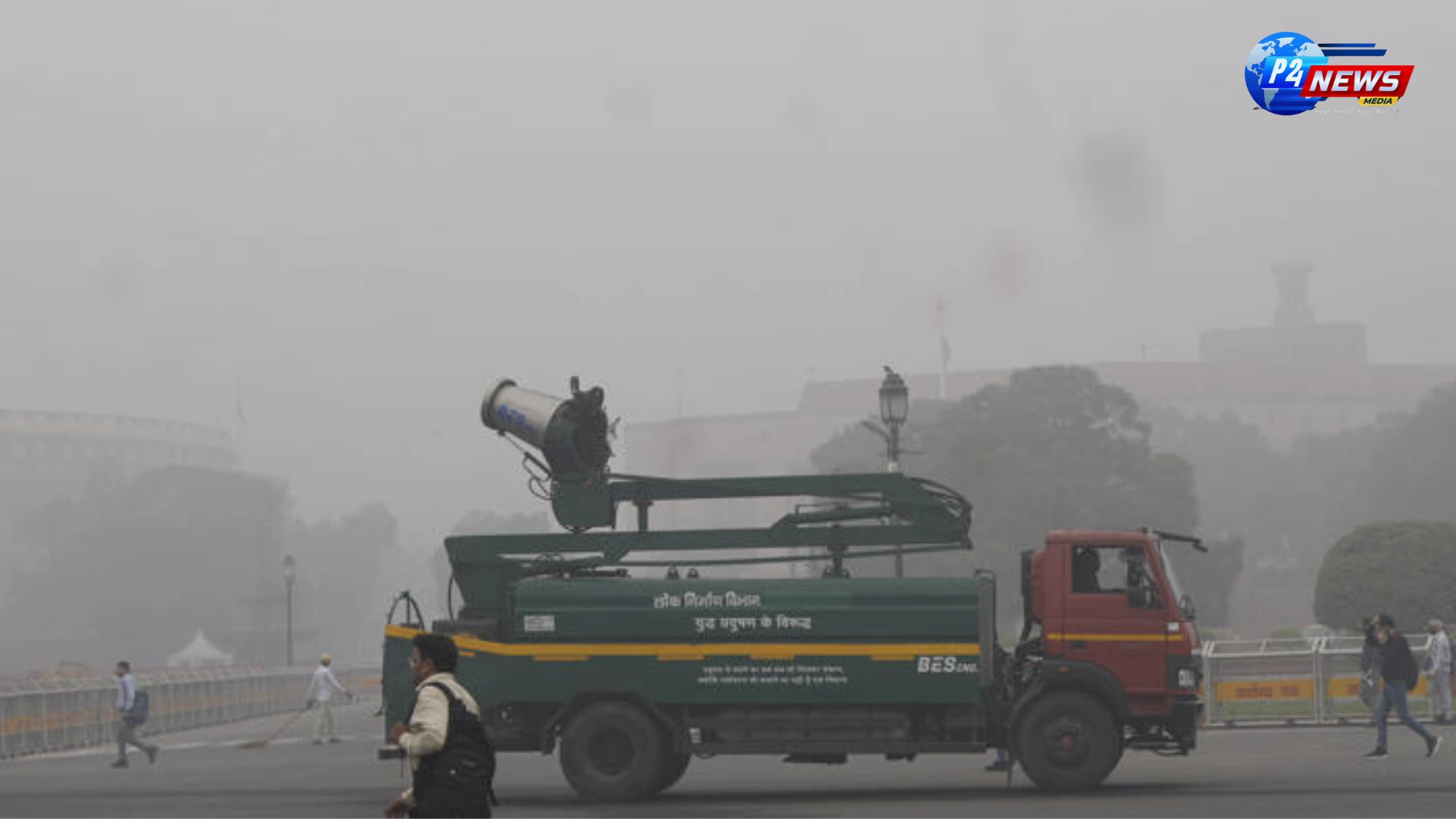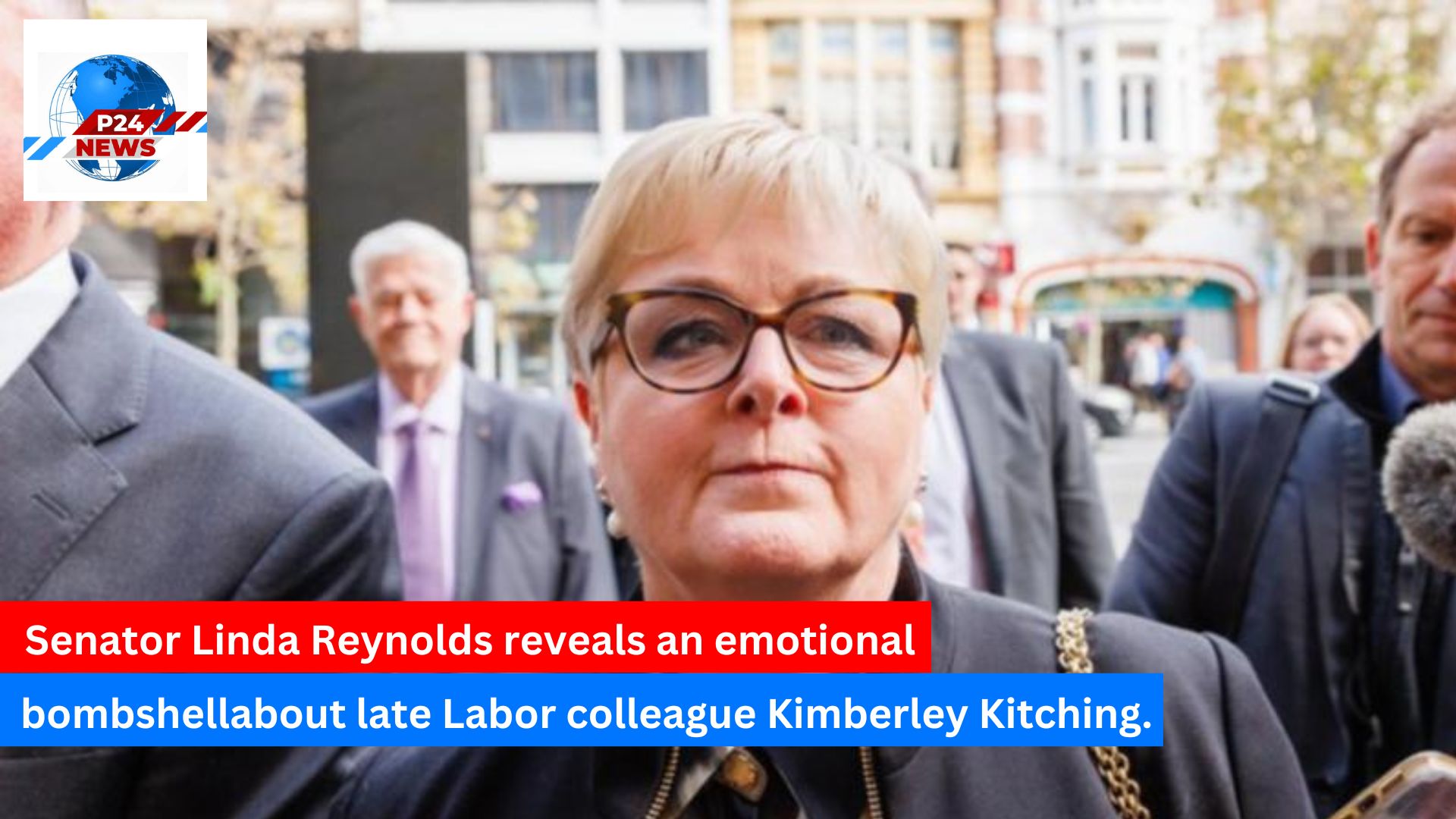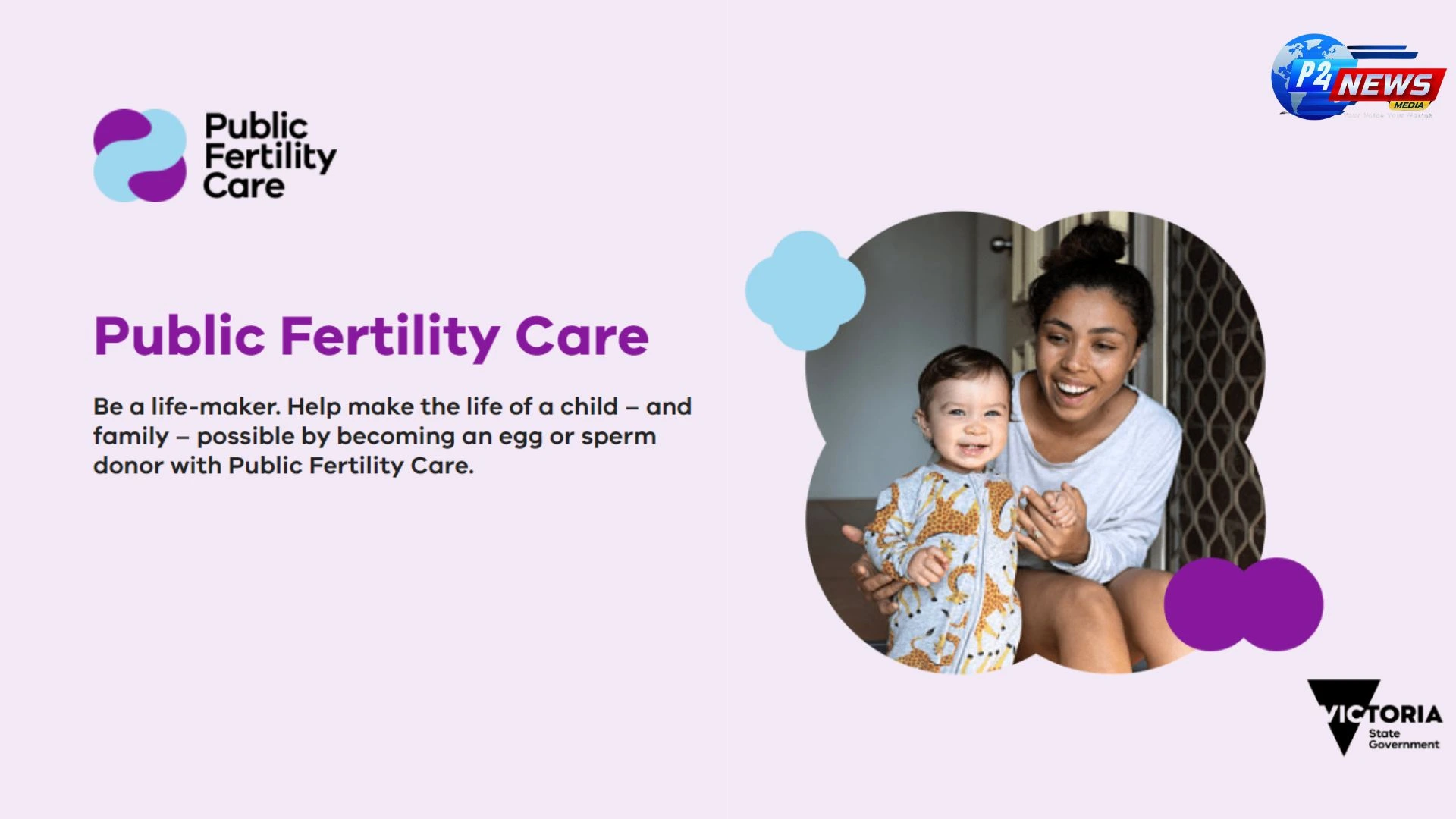Delhi's air quality has plummeted, with Anand Vihar recording an AQI of 473. The dense smog is disrupting daily life and may lead to school closures soon.
Delhi's air quality has plummeted, with Anand Vihar recording an AQI of 473. The dense smog is disrupting daily life and may lead to school closures soon.
Residents of Delhi woke up to alarming air quality conditions on Thursday morning, November 14, as the capital faced a disheartening spike in the Air Quality Index (AQI). The AQI at Anand Vihar soared to 473, a classification indicating ‘severe plus’ levels, as recorded by the Central Pollution Control Board (CPCB) at 5 AM. This surge in pollution comes closely on the heels of a day that marked the most polluted conditions in India, leaving many grappling with thick smog that significantly diminished visibility across the National Capital Region (NCR).
The deterioration in air quality was alarming, causing officials and health experts to express their concerns over the effects of such hazardous levels of pollution on residents. The central pollution regulatory authority attributed this drastic decline to an unusually dense fog phenomenon, labeling it as an episodic event that has exacerbated the pollution crisis in the region.
In specific areas, the readings were even more disconcerting. Aya Nagar, Ashok Vihar, and Wazirpur recorded some of the most extreme pollution levels, all surpassing the 400 mark, categorizing them firmly in the 'severe' zone. As the situation unfolds, the Commission for Air Quality Management (CAQM) has decided against implementing Stage 3 of the Graded Response Action Plan (GRAP). This decision means that while the air quality remains dire, measures such as halting in-person classes for primary schools and suspending all construction activities will not yet be enforced.
The health impacts of such air quality levels cannot be overstated. Increased instances of respiratory issues, cardiovascular problems, and other serious health risks are inevitable with prolonged exposure to such severe pollution. The government and health authorities continue to encourage residents to take precautionary measures, including the use of masks, air purifiers at home, and minimizing outdoor activities, especially for vulnerable populations such as children and the elderly.
The situation yearns for immediate intervention and long-term strategies to combat air pollution effectively, making it critical for policymakers and local authorities to work tirelessly in addressing the sources and drivers of pollution. The community must also engage actively, promoting awareness and supportive actions to mitigate the health hazards associated with air pollution.
While the dense fog and smog enveloping the capital create a daunting challenge for residents, it is essential to remain vigilant and prepared for possible policy changes as authorities assess the ongoing effects of the pollution crisis. The discussion surrounding potential school closures and other restrictions highlights the urgency of the situation. As further monitoring and assessments continue, the focus must not only be on immediate responses but also on sustainable solutions that prioritize public health and environmental safety.
Like
Dislike
Love
Angry
Sad
Funny
Pray
9th Ayurveda Day in Melbourne: A Celebration of Ayurvedic Innovations and Global Health Impact
November 10, 2024Australia’s Terror Alert Jumps to ‘Probable’: What You Need to Know About the Increased Risk
August 05, 2024🍪 We Value Your Privacy and Experience Hi there! We use cookies to enhance your browsing experience, provide personalized content, and analyze site traffic. By continuing to use our site, you consent to our use of cookies.







Comments 0